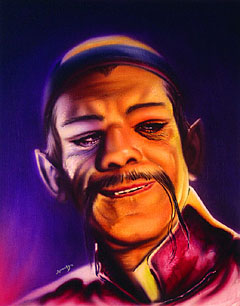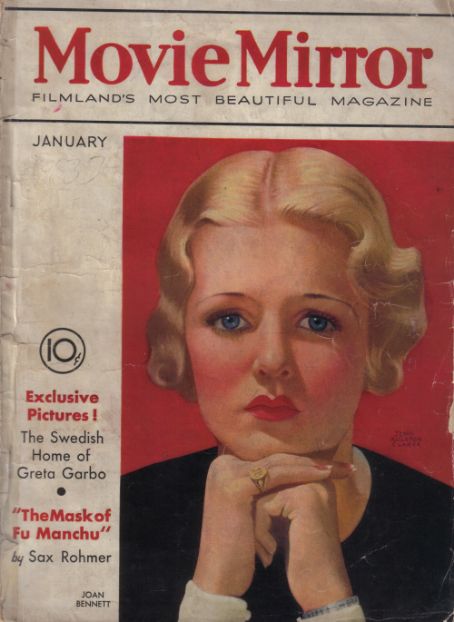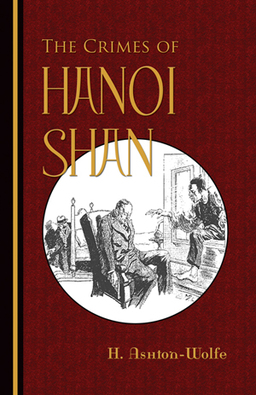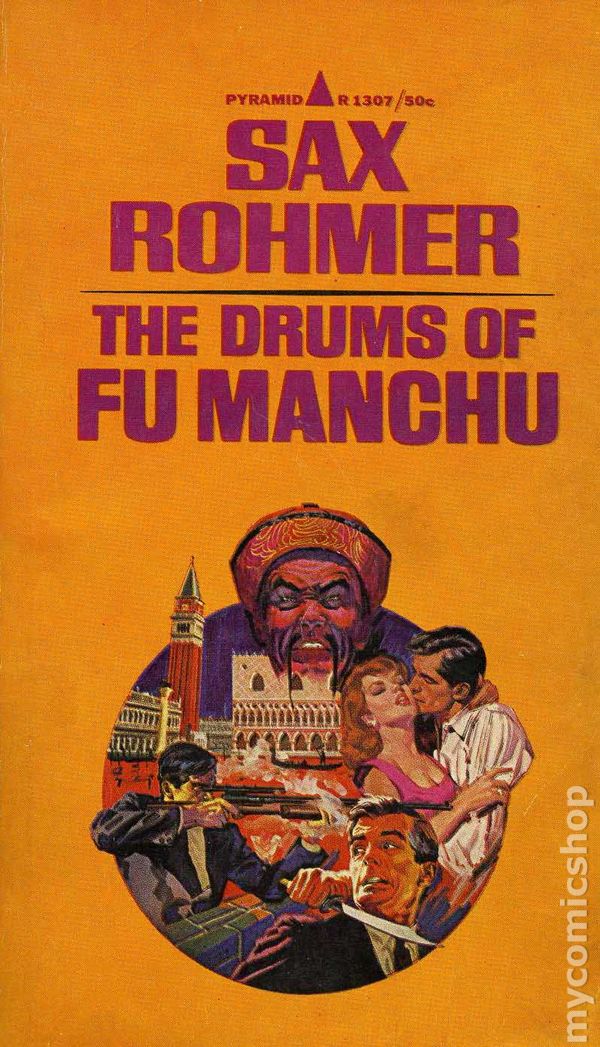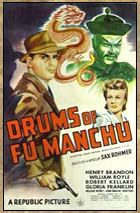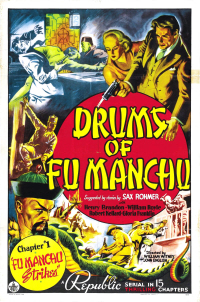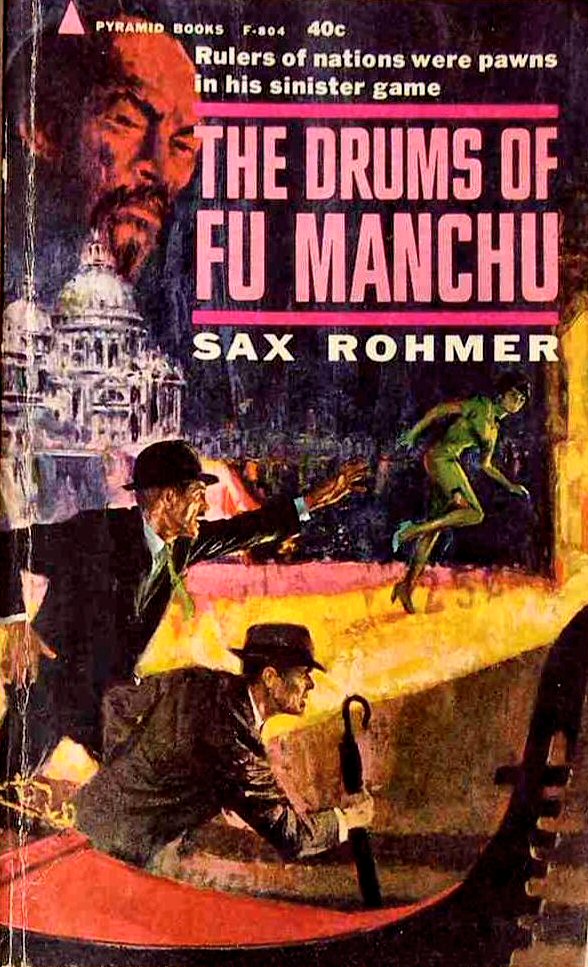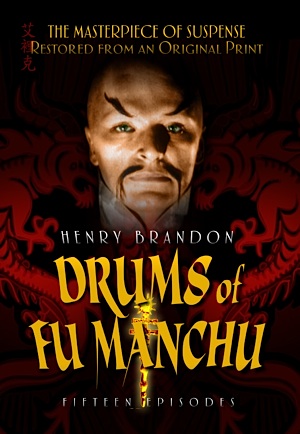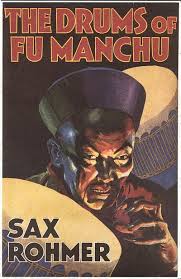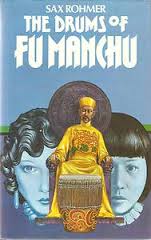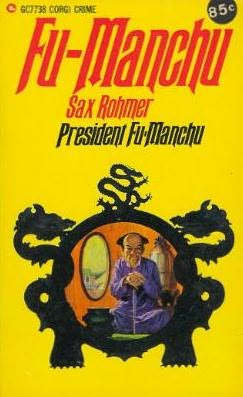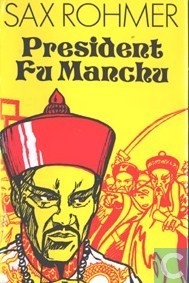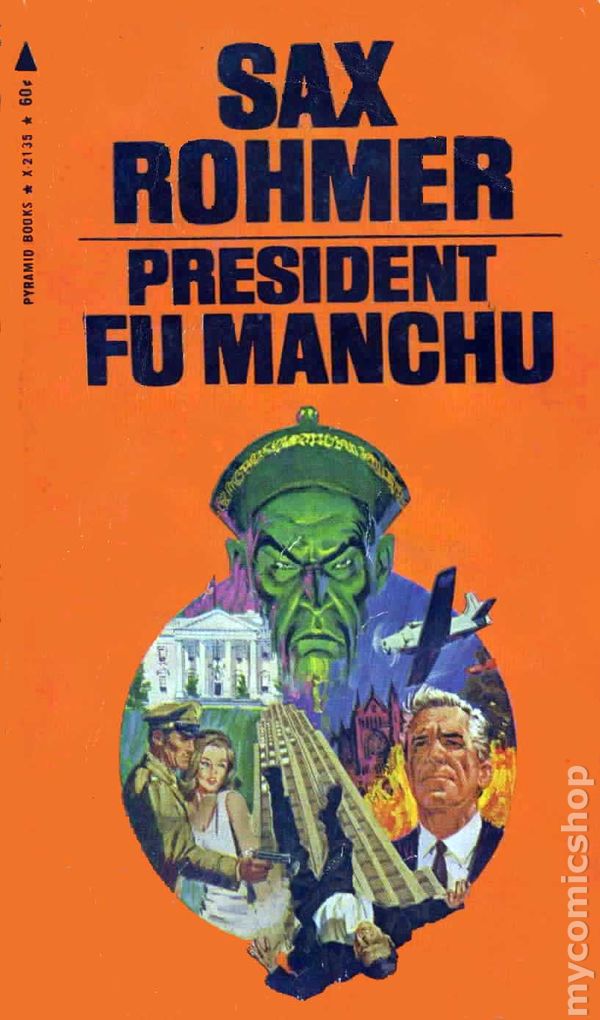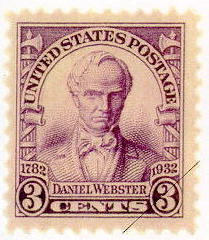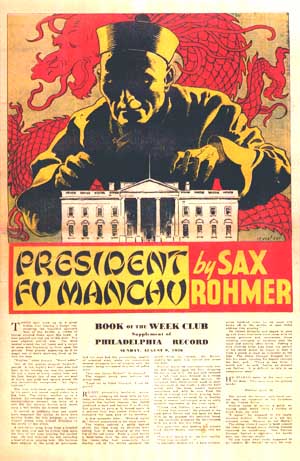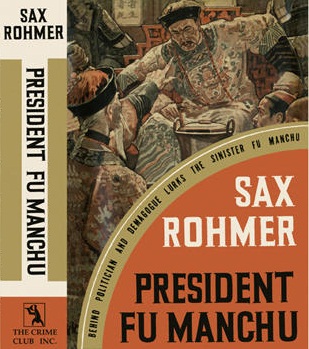Robert E. Howard and the Yellow Peril
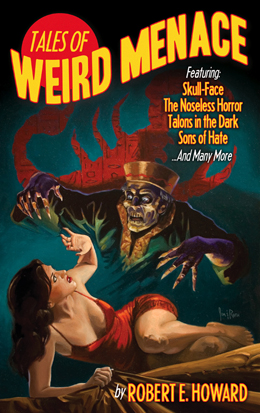
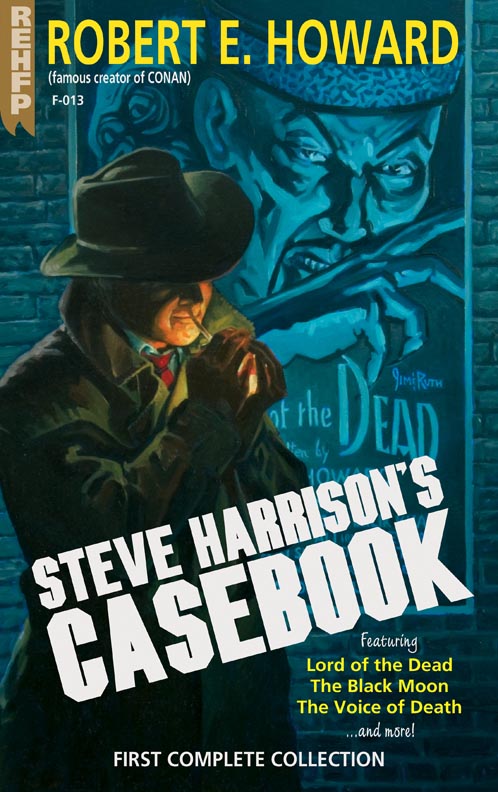 Many pulp writers were influenced by the success of Sax Rohmer’s Yellow Peril criminal mastermind, Dr. Fu Manchu. The best of the early imitators was Achmed Abdullah’s The Blue-Eyed Manchu while the pulp era brought Robert J. Hogan’s The Mysterious Wu-Fang and Donald Keyhoe’s Dr. Yen-Sin to give the Devil Doctor a run for his money.Today, the best remembered Fu Manchu clone is undoubtedly Ian Fleming’s Dr. No. Marvel Comics’ The Mandarin and The Yellow Claw are the other two characters who have burrowed the furthest into popular culture’s collective memory of the past century.
Many pulp writers were influenced by the success of Sax Rohmer’s Yellow Peril criminal mastermind, Dr. Fu Manchu. The best of the early imitators was Achmed Abdullah’s The Blue-Eyed Manchu while the pulp era brought Robert J. Hogan’s The Mysterious Wu-Fang and Donald Keyhoe’s Dr. Yen-Sin to give the Devil Doctor a run for his money.Today, the best remembered Fu Manchu clone is undoubtedly Ian Fleming’s Dr. No. Marvel Comics’ The Mandarin and The Yellow Claw are the other two characters who have burrowed the furthest into popular culture’s collective memory of the past century.
Having to choose the one of the scores of imitations that came closest to matching Rohmer for style and yet was distinct enough to avoid being nothing more than a shameless copy, I would have to single out Robert E. Howard’s Skull-Face and Erlik Khan, the Lord of the Dead. Howard’s reputation as a story-teller has grown over the past few decades to allow him to escape the looming shadow of his immensely popular sword and sorcery hero, Conan the Barbarian and be recognized as a singular talent who mastered many genres during his all too brief life. Sadly, his Yellow Peril thrillers are still largely unknown outside the circle of Howard completists.
